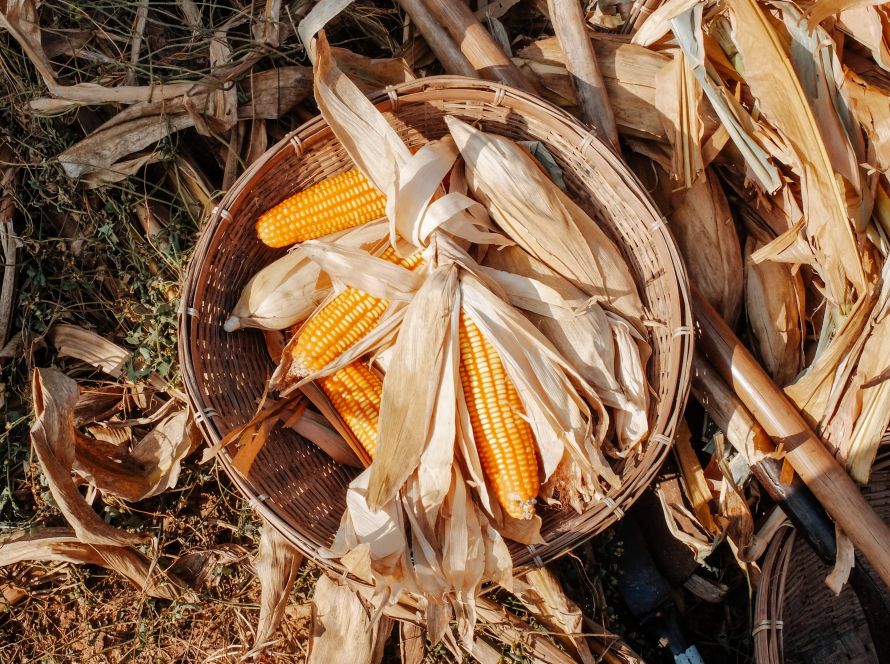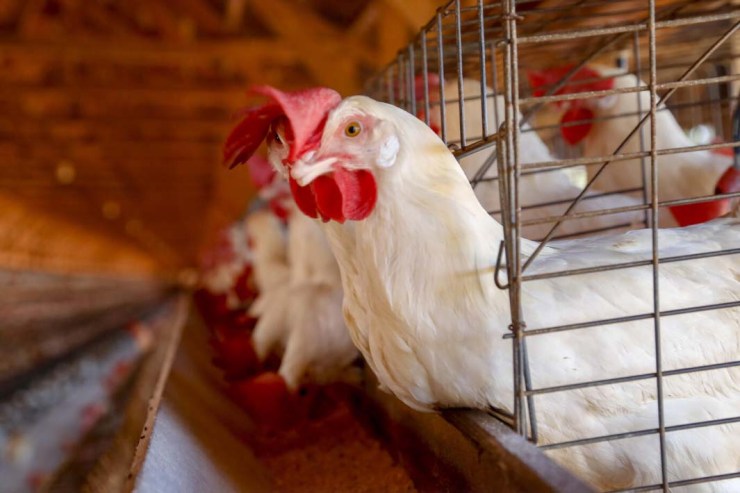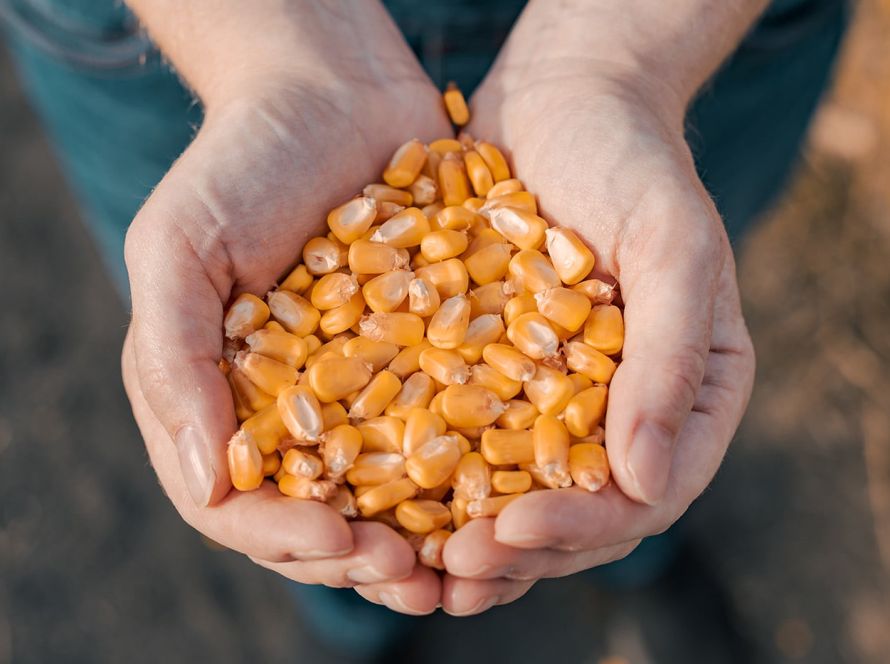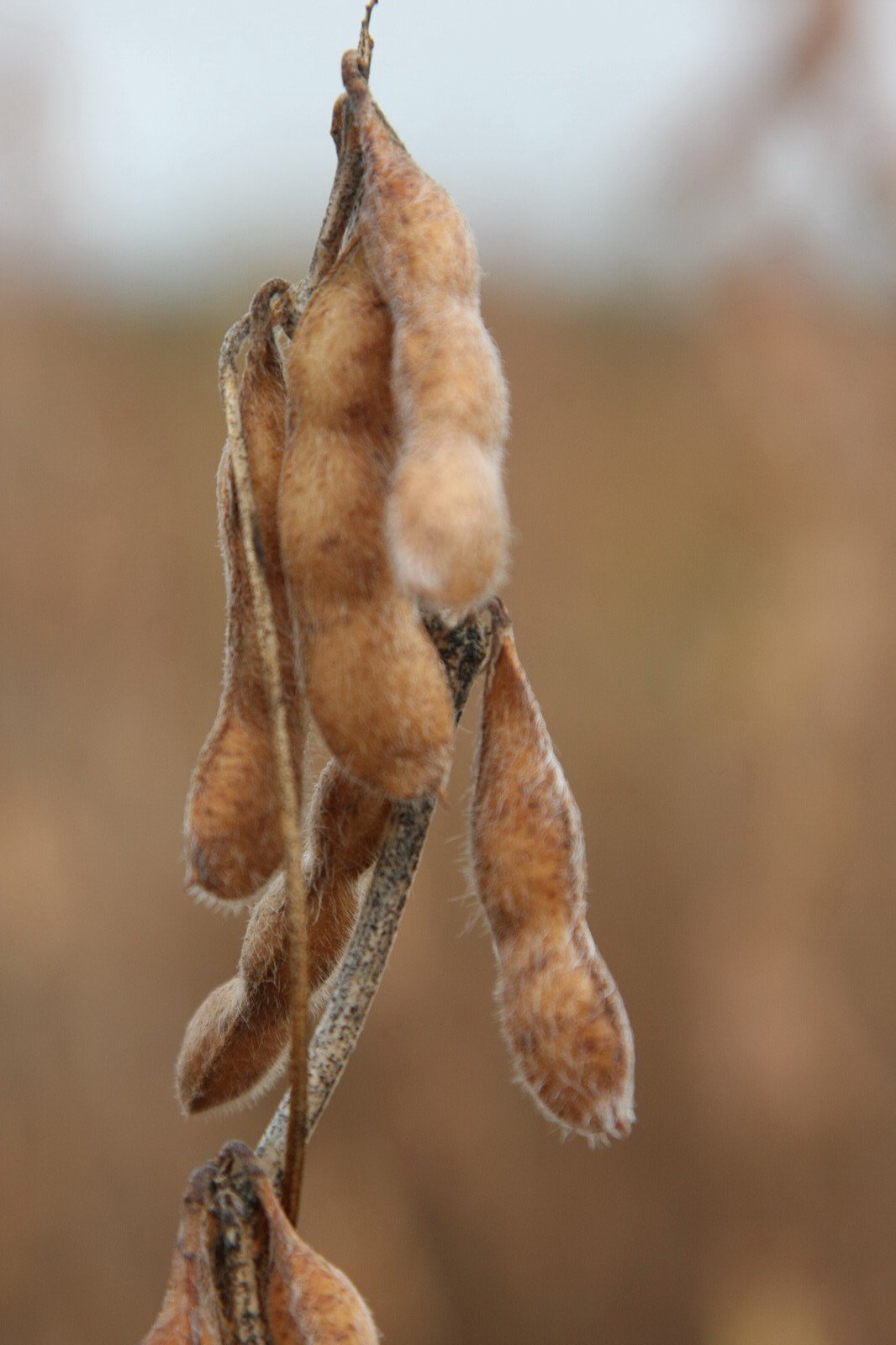The project Monitoring of Microindicators of the State of Mato Grosso, developed by the Mato Grosso Institute of Agricultural Economics (Imea), carried out by the National Rural Learning Service (Senar-MT), arose from the need to understand in more depth the agricultural and socioeconomic activities of each microregion of the state, was launched this Monday (16/07) and is available on the Institute's website: https://lp.imea.com.br/monitoramento-de-microindicadores The project is considered a strategic tool to support planning and decision-making in the rural production sector.
Since its inception in 2020, the project has evolved and distinguished itself by integrating technology and technical information with everyday rural life. The study includes data on production, land use and occupation, logistics, and socioeconomic variations, directly supporting Senar-MT's work in training producers, workers, and rural technicians, as well as subsidizing agribusiness entities and producers.
One of the project's key differentiators is the incorporation of technologies such as georeferencing and remote sensing, which enable a targeted, accurate, and up-to-date territorial analysis. These tools make it possible to identify areas with agricultural potential, monitor changes in land use, and monitor logistical challenges, contributing to making Mato Grosso's agricultural sector more efficient, competitive, and sustainable.
Among the study's highlights are updated harvest data for Mato Grosso. Soybean planted area in the 2024/25 harvest reached 12.80 million hectares. Corn, meanwhile, occupied 6.80 million hectares in the 2023/24 harvest. Sesame also features prominently: Mato Grosso cultivated 475,120 hectares in the same cycle, representing a significant 72% of the national area allocated to the crop.
The survey also included approximately 16 million hectares of pastureland with agricultural losses, reinforcing the potential for sustainable expansion of Mato Grosso's agriculture without deficiencies in livestock production. Still regarding land use, the data show that, of the approximately 90.3 million hectares of Mato Grosso's territory, approximately 54.49 million hectares, corresponding to 60,35%, are comprised of Conservation Units, Indigenous Lands, and Areas protected/preserved by rural producers, highlighting the significant presence of native vegetation cover under various forms of protection.
An analysis of the distribution of thematic land use classes reveals that 58,721 TP4T of the state's territory remains covered by native vegetation. Of this total, 39,131 TP4T are protected and preserved on rural properties and 15,551 TP4T on Indigenous Lands, demonstrating the balance between agricultural production and environmental conservation. Productive activities occupied 33,841 TP4T of the state, divided between planted forests (14,361 TP4T) and planted pastures (19,481 TP4T). The data demonstrate that the state of Mato Grosso has managed to maintain a strategic balance between environmental preservation and productive development.
The publication also provides information on areas irrigated by central pivots and monitoring of freight prices and logistics flows, essential for identifying bottlenecks in production flow and assisting in the formulation of public policies and actions aimed at infrastructure and transportation.





